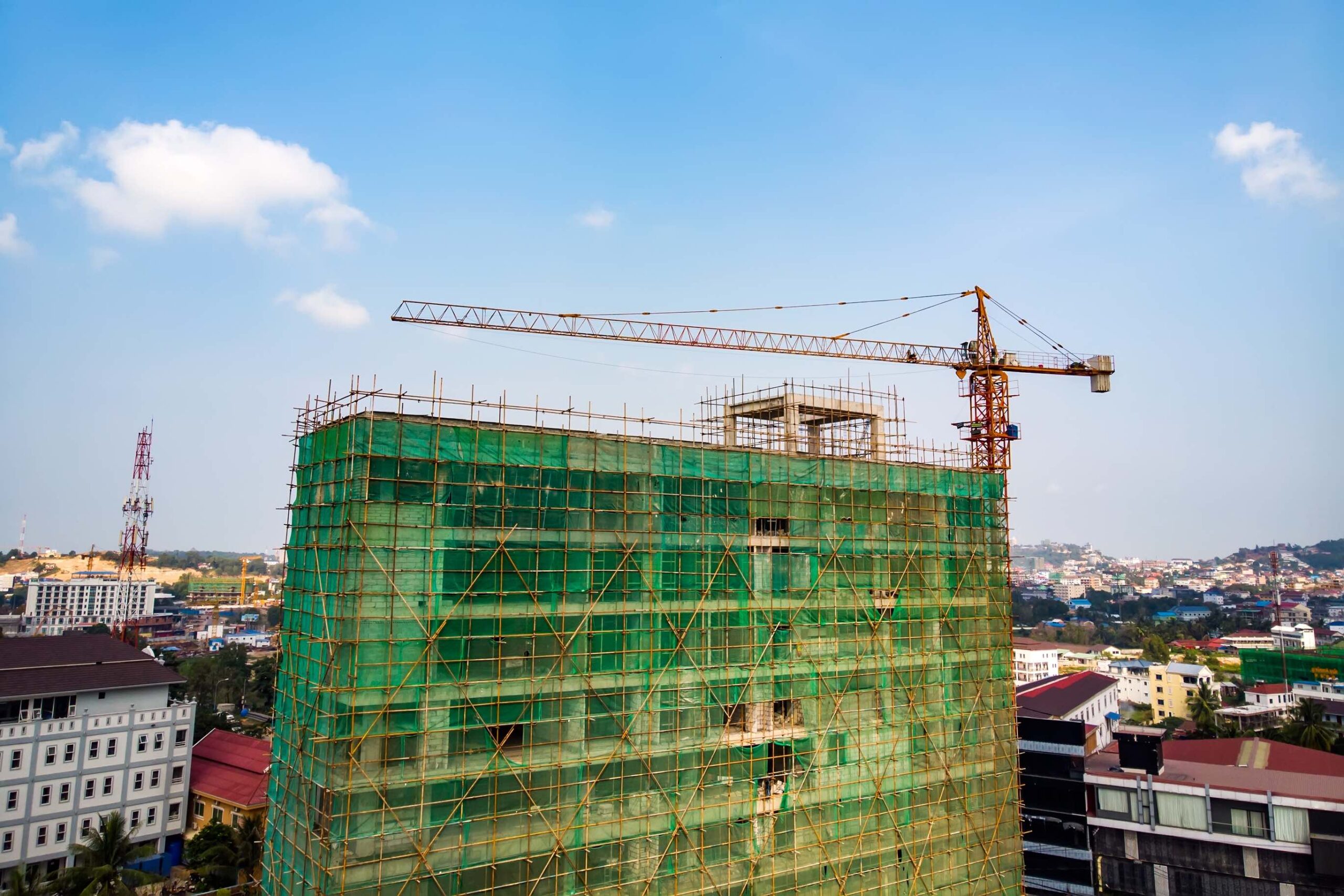Corporate citizenship has become a business imperative in recent years and the pressure is on for organizations to develop strategies and deliver initiatives that showcase regard for a healthier planet. As environmental concerns escalate, sustainable construction practices have emerged as a vital solution to reducing the building industry’s ecological footprint. EFI Global plays an important role in driving conscientious solutions for our customers.
Buildings are responsible for a large portion of global energy consumption and greenhouse gas emissions. Environmental, social and governance (ESG) principles serve to create a better work environment, quantify the impact of current business decisions and guide future investments. Adopting sustainable practices is key to mitigating climate change and preserving our planet for future generations. Conversations around sustainability will continue to grow in importance not only in the property claims and insurance space, but in most industries.
Design for sustainability
Sustainable construction starts with a thoughtful design that maximizes energy efficiency and minimizes environmental harm. Architects and designers collaborate to integrate sustainable principles into building designs. Important considerations include optimizing site orientation for natural lighting and passive heating and cooling, utilizing environmentally-friendly materials and ensuring the design is flexible and can be adapted to future needs.
Energy efficiency
Reducing energy consumption is one of the primary goals of sustainable construction. Energy-efficient technologies and systems, such as high-performance insulation, efficient HVAC systems, LED lighting and smart controls, can help decrease a building’s operational energy demand and reduce greenhouse gas emissions. Adding renewable energy sources such as solar panels or wind turbines can use clean energy to increase a building’s efficiency.
Sustainable material selection
Building with sustainable materials is essential for lessening the environmental impacts of construction. Opting for locally sourced, renewable and recyclable materials when possible helps minimize transportation emissions while supporting local economies. Materials with low embodied energy, such as bamboo, reclaimed wood, recycled concrete and bio-based composites, create far lower carbon emissions than traditional construction materials. Additionally, using highly durable materials that require little maintenance can extend a building’s lifespan and diminish the need for frequent replacements.
Water conservation
Due to the growing concern of water scarcity, water conservation serves a critical role in sustainable construction. Employing water-efficient fixtures, such as low-flow toilets and faucets, and implementing greywater recycling systems can significantly reduce water consumption. Incorporating rainwater harvesting techniques and using native plants for landscaping can also conserve water resources by supplementing irrigation sources.
Waste reduction and recycling
Construction generates enormous amounts of waste. By adopting waste reduction and recycling practices, environmental impacts can be kept to a minimum. Waste management plans should be in place that prioritize recycling, as reuse of materials can divert a notable portion of construction waste from entering landfills. Utilizing modular construction techniques and off-site prefabrication can also decrease material waste and enable flexible building usage in the future.
Indoor environmental quality
Sustainable construction practices prioritize occupant health and well-being by creating healthy indoor environments. For example, adequate natural lighting, proper ventilation systems and low-toxicity materials can improve indoor air quality and reduce the risk of respiratory issues and allergies. Additionally, designing spaces that promote physical activity, access to nature and thermal comfort can lead occupants to feeling happier and more productive.
Life cycle assessment
Life cycle assessment (LCA) evaluates the environmental impacts of a building from construction to demolition. Integrating LCA in the design process allows architects and builders to identify areas of improvement and make environmentally responsible and informed choices. LCA considers the entire life cycle of a building, including materials extraction, manufacturing, transportation, construction, operation, maintenance and end-of-life disposal.
A timeless pursuit
Shifting to sustainable construction practices is fundamental to creating a greener future. By embracing resource efficiency, energy conservation and environmental responsibility, the construction industry can do its part to help mitigate climate change. EFI Global can develop strategies for clients on sustainable construction practices to promote resource efficiency, reduce waste, enhance energy efficiency, and prioritize occupant well-being recommend that businesses take a closer look at their own practices to optimize this opportunity.
EFI Global’s complete line of environmental consulting services is designed to help property owners, managers and developers maintain compliance with current environmental regulations, minimize risks and optimize business objectives. Our experts can evaluate and ensure overall health and safety, measure and control environmental impact, and recommend and support resourceful project approaches.
> Learn more — visit efiglobal.com and read Sedgwick’s latest ESG report.
Tags: environment, environmental, Environmental impact, ESG, sustainability, sustainable

